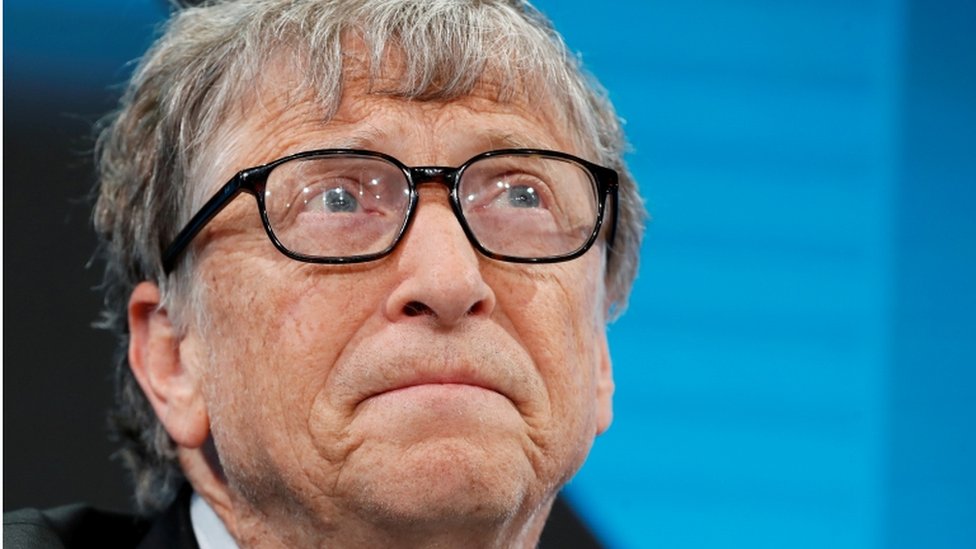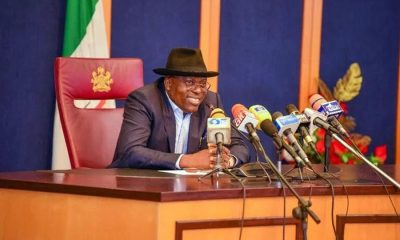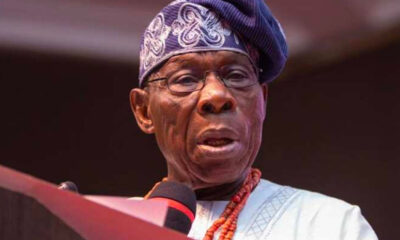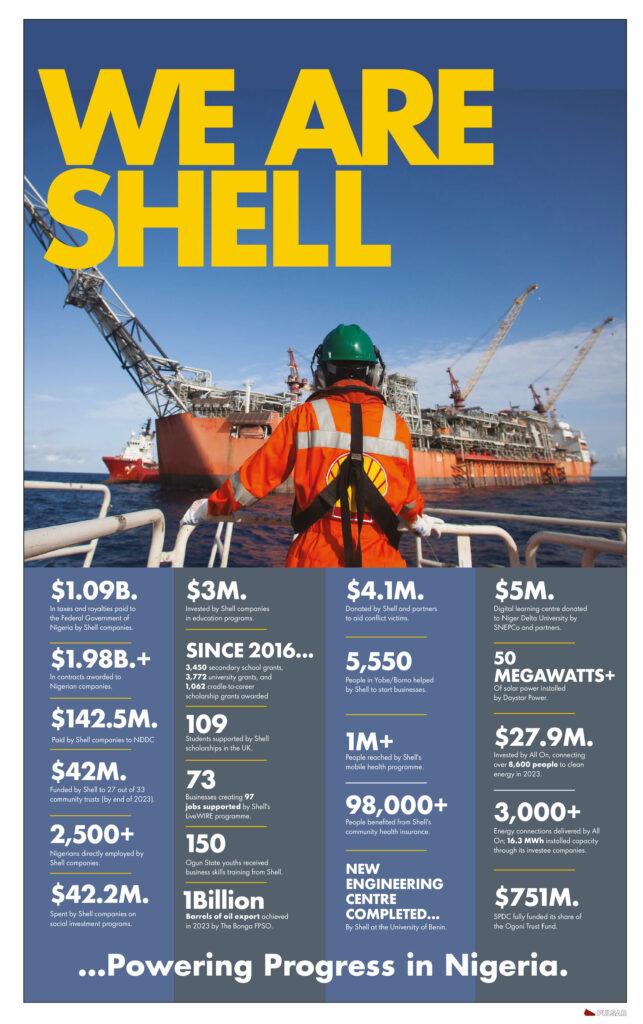International
Implement Biden truce plan, Hamas tells Gaza mediators, rejects ‘more negotiations’

Implement Biden truce plan, Hamas tells Gaza mediators, rejects ‘more negotiations’
GAZA: Hamas on Sunday called on US, Qatari and Egyptian mediators to implement a ceasefire plan for Gaza put forward by US President Joe Biden, instead of holding “more negotiations.”
Hamas “demands that the mediators present a plan to implement what they proposed to the movement… based on Biden’s vision and the UN Security Council resolution, and compel the occupation (Israel) to comply, rather than going through more negotiation rounds or new proposals,” the Palestinian group said in a statement.
Mediators have invited both Israel and Hamas for a round of negotiations on Thursday.
Last week, shortly after the killing of Hamas’s political leader, Ismail Haniyeh, in Tehran, Israel agreed to a new round of Gaza ceasefire talks to facilitate the release of hostages still held in the Palestinian territory.
Iran and Hamas have blamed Israel for the killing of Haniyeh.
Several rounds of negotiations for a ceasefire in Gaza have failed until now, except for a one-week truce that was observed at the end of November.
That truce saw the release of scores of hostages in exchange of dozens of Palestinians prisoners who were held in Israeli jails.
On May 31, Biden unveiled what he said was a three-stage plan for a ceasefire in Gaza.
The first phase of the plan includes a “full and complete ceasefire” lasting six weeks, with Israeli forces withdrawing from “all populated areas of Gaza.”
READ ALSO:
- Trump election campaign blames Iran for hacked emails
- IGP must apologise for police raid on our headquarters – NLC
- Four youths killed in Enugu while searching for three abducted people
Hamas would release “a number” of hostages captured in the October 7 attacks, including women, the elderly and the wounded. The remains of some hostages who had been killed would also be returned.
Hundreds of Palestinian prisoners would be released in exchange.
Palestinian civilians would be allowed to return to their “homes and neighborhoods” throughout Gaza, including in the north, which has been devastated by months of Israeli bombing.
During the initial six-week period, Israel and Hamas would “negotiate the necessary arrangements to get to phase two, which is a permanent end to hostilities.”
The ceasefire would also be extended if the negotiations continue, with mediators working to ensure they continue, Biden said at the time.
In phase two, also lasting around another six weeks, Israeli forces would completely withdraw from Gaza.
Hamas would release “all remaining living hostages” including male Israeli soldiers. This has been a key sticking point for Hamas in the past.
If both sides keep to the deal it will lead to the “cessation of hostilities permanently,” Biden said, quoting what he said had been an Israeli proposal.
In the third and final stage, a major reconstruction and stabilization plan for Gaza would begin, backed by the US and the international community.
The October 7 Hamas attacks resulted in the deaths of 1,198 people, mostly civilians, according to an AFP tally based on official Israeli figures.
Militants also seized 251 people, 111 of whom are still held in Gaza, including 39 the Israeli military says are dead.
Israel’s retaliatory military offensive in Gaza has killed at least 39,790 people, according to the health ministry of the Hamas-run territory, which does not provide details on civilian and militant deaths.
Implement Biden truce plan, Hamas tells Gaza mediators, rejects ‘more negotiations’
International
Search for survivors continue as death toll in Myanmar earthquake exceeds 1,600

Search for survivors continue as death toll in Myanmar earthquake exceeds 1,600

The death toll in Myanmar earthquake hit 1,644, the military government said on Saturday, according to BBC, CNN, Reuters and other reports.
In neighbouring Thailand, where the quake rattled buildings and brought down a skyscraper under construction in the capital Bangkok, at least nine people were killed.
Survivors in Mandalay, Myanmar’s second-biggest city, dug with their bare hands on Friday in desperate attempts to save those still trapped, lacking heavy machinery and with authorities absent.
In Bangkok on Saturday, rescue operations continued at the site of the 33-storey tower’s collapse, where 47 people were missing or trapped under the rubble – including workers from Myanmar.
The US Geological Service’s predictive modelling estimated Myanmar’s death toll could exceed 10,000 and losses could exceed the country’s annual economic output.
A day after making a rare call for international assistance, Myanmar’s junta chief, Senior General Min Aung Hlaing, travelled to hard-hit Mandalay near the epicentre of the quake, which brought down buildings and triggered fires in some areas.
Chairman of the State Administration Council instructed authorities to expedite search and rescue efforts and address any urgent needs,” the junta said in a statement on state media, referring to Min Aung Hlaing.
Airports closed
An initial assessment by Myanmar’s opposition National Unity Government said at least 2,900 buildings, 30 roads and seven bridges had been damaged by the quake.
“Due to significant damage, Naypyitaw and Mandalay international airports are temporarily closed,” said the NUG, which includes remnants of the elected civilian government ousted by the military in a 2021 coup that triggered the civil war.
The control tower at the airport in Naypyitaw, Myanmar’s purpose-built capital city, collapsed, rendering it inoperable, a person with knowledge of the situation told Reuters.
Hospitals in central and northwestern Myanmar were struggling to cope with the influx of injured people, the U.N. Office for the Coordination of Humanitarian Affairs said, warning that damage to roads was hindering access.

Seventeen cargo trucks of shelter and medical supplies were due to arrive on Sunday to address shortages of medicines, including blood bags and anaesthetics, the agency added.
Chinese President Xi Jinping spoke by phone with the junta chief, China’s embassy in Myanmar said on Saturday, and said Beijing would provide $13.77 million worth of aid, including tents, blankets and emergency medical kits.
The United States, which has a testy relationship with the Myanmar military and has sanctioned its officials, including Min Aung Hlaing, has said it would provide some assistance.
Relief supplies from India on a military aircraft also landed in Yangon, according to Myanmar state media, and India’s government said it was also dispatching ships with 40 tonnes of humanitarian aid.
Russia, Malaysia and Singapore were also sending planeloads of relief supplies and personnel.
International
$100m coin collection buried for decades to be auctioned

$100m coin collection buried for decades to be auctioned
A coin collection, much of which remained buried underground for over 50 years, is expected to surpass $100 million at auction, according to experts.
Named the Traveller Collection, this extraordinary assemblage is believed to be the most valuable coin collection ever brought to auction.
The coins will be sold gradually over the next three years, with the first auction set for May 20.
Beyond its immense value, the collection’s origins make for a fascinating tale.
Spanning over 100 territories and encompassing coins from ancient times to the modern era, the collection is being auctioned by Numismatica Ars Classica.
What sets it apart is that most of the coins remained hidden underground for half a century before resurfacing.
According to a press release shared with CNN, the anonymous collector behind the collection began acquiring gold coins after the Wall Street Crash of 1929.
Over time, he developed “a taste for coins with great historical interest, beauty and rarity” and eventually amassed approximately 15,000 coins.
During the 1930s, he and his wife traveled extensively across the Americas and Europe, acquiring rare and historically significant coins while meticulously documenting their purchases.
READ ALSO:
- EFCC re-arraigns son of ex-PDP chairman for alleged N2.2bn oil subsidy fraud
- Group says Natasha’s recall will deepen democracy
- We welcome Gov Makinde’s U-turn on Shari’ah panel – MURIC
Despite settling in Europe at a time when Hitler’s Nazi party loomed over the continent, the collector sensed the impending danger. In response, he carefully packed the coins into cigar boxes, which were then placed inside aluminum containers and buried underground, where they remained undisturbed for five decades.
Among the collection is a 50 Toman coin, part of an “exceedingly rare” set minted in Tehran and Isfahan during the late 18th and early 19th centuries.
International
AI will replace doctors, teachers, others in 10 years – Bill Gates

AI will replace doctors, teachers, others in 10 years – Bill Gates
Bill Gates, a co-founder of Microsoft, has claimed that improvements in artificial intelligence (AI) over the next decade may render humans superfluous for the majority of work.
In a recent interview with comedian Jimmy Fallon on NBC’s The Tonight Show in February, the billionaire philanthropist discussed how AI may take over many facets of life and business.
Gates remarked that expertise is currently “rare”, emphasising the continuous reliance on human specialists in industries such as medicine and education.
For example, we continue to rely on highly trained individuals, such as “a great doctor” or “a great teacher”, whose knowledge cannot be simply replaced by AI.
However, “with AI, over the next decade, that will become free, commonplace — great medical advice, great tutoring,” Gates said.
READ ALSO:
- Senate seeks FG’s immediate intervention to slash data prices
- Reno Omokri: Nigeria gives more opportunities than US, Britain, Canada
- Driver remanded for causing Osun varsity students’ death
In other words, Gates believes that the world is entering a new era of “free intelligence”, as he described in a recent interview with Harvard University professor and happiness specialist Arthur Brooks.
According to Gates, this transition will result in rapid breakthroughs in AI-powered technology, making them more accessible and affecting almost every part of our lives.
These breakthroughs will vary from more effective treatments and diagnoses to widely available AI instructors and virtual assistants.
“It’s very profound and even a little bit scary — because it’s happening very quickly, and there is no upper bound,” Gates told Brooks.
The discussion of how humans will fit into an AI-powered future continues.
Some analysts suggest that artificial intelligence will improve human productivity rather than completely replacing labour, hence driving economic growth and creating new jobs.
However, Microsoft AI CEO Mustafa Suleyman cautions that technological improvements in the coming years will disrupt the nature of most occupations across nearly all industries, potentially exerting a “hugely destabilising” influence on the workforce.
AI will replace doctors, teachers, others in 10 years – Bill Gates
-

 Uncategorized1 day ago
Uncategorized1 day agoBreaking: Moon sighted in Saudi, UAE, others, Eid-Fitr holds Sunday
-

 metro3 days ago
metro3 days agoEFCC re-arraigns son of ex-PDP chairman for alleged N2.2bn oil subsidy fraud
-

 metro24 hours ago
metro24 hours agoRamadan ends in Nigeria, Sultan announces March 30 as Eid-el-Fitr
-

 metro2 days ago
metro2 days agoFubara reacts as Ex-HOS, Nwaeke accuses him of bombing oil pipelines, Rivers Assembly
-

 metro3 days ago
metro3 days agoWe welcome Gov Makinde’s U-turn on Shari’ah panel – MURIC
-

 Opinion2 days ago
Opinion2 days agoBarbaric mass burning of innocents in Edo, by Farooq Kperogi
-

 Uncategorized3 days ago
Uncategorized3 days agoObasanjo’s position on Rivers emergency rule hypocritical, says Presidency
-

 metro2 days ago
metro2 days agoEx-Rivers HoS wife cries for help over husband’s safety

